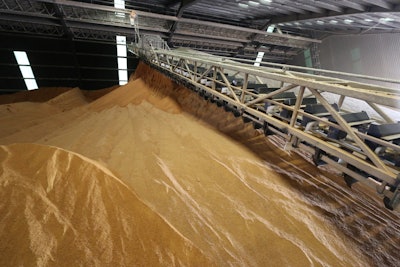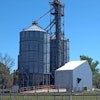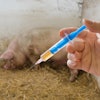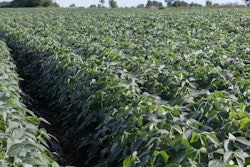
Exports of U.S. distiller’s dried grains with solubles (DDGS) to South Korea are on track to set another record for the 2019/2020 marketing year, thanks to the U.S. Grains Council’s (USGC’s) work to encourage resumed purchasing following COVID-19 production shortfalls last spring.
“Thanks to USGC’s active promotion since 2014, U.S. DDGS have been firmly positioned as one of the three major compound feed ingredients in the South Korean animal feed market,” says Haksoo Kim, USGC director for South Korea. “South Korea has set a new record for U.S. DDGS purchases each year since 2010/2011.”
Following USGC's work to introduce the nutritional advantages of U.S. DDGS, average inclusion rates dramatically increased from 3.3 percent in 2014 to 5.6 percent in 2019.
Increased use has led to a steady increase in imports. As the third largest world buyer, South Korea purchased 1.19 million metric tons of U.S. DDGS in 2018/2019.
The outbreak of COVID-19 led to a sharp decrease in ethanol production -- and therefore DDGS -- causing DDGS exports to South Korea to slow to a trickle. In April and May, DDGS prices in South Korea soared to $300 per metric ton, making it almost impossible to secure exports.
As a result, the Korean feed industry rapidly switched to alternative feed ingredients. This resulted in large feed millers completely excluding U.S. DDGS from their feed formulations and most compound feed companies reducing inclusion rates dramatically.
USGC recognized the urgency of reinforcing the economic and nutritional advantages of U.S. DDGS to the Korean compound feed industry as ethanol production came back online and DDGS supplies became more readily available and affordable.
To do so, in-country staff organized a continuous flow of information on the market and technology. First, USGC printed 250 copies of the U.S. DDGS Handbook in Korean, which staff distributed to the entire Korean feed industry. The handbook contains the most up-to-date information on nutritional and economic benefits of U.S. DDGS by animal species and the maximum recommended inclusion ratios, giving the Korean feed industry an opportunity to reconsider the value of the products.
Following up on the mailing, USGC invited a DDGS consultant to host a webinar in late July to answer questions and share the latest information on the economics of the feed industry and how U.S. DDGS inclusion helps produce high-quality meat products.
These activities were well-received, and the feed industry has now recovered inclusion rates to pre-COVID-19 levels. U.S. exports of DDGS exports to South Korea also increased significantly in August. Exports-to-date (September 2019 to July 2020) are up 2.9 percent year-over-year at 1.11 million tons, with one year of export data remaining to complete the 2019/2020 marketing year.
“Increased U.S. DDGS exports after August will be enough to offset the decline caused by COVID-19,” Kim says. “Sales are now on track to set yet another new export record to South Korea for the 2019/2020 marketing year.”
Learn more about USGC's work to promote U.S. DDGS in South Korea.





















